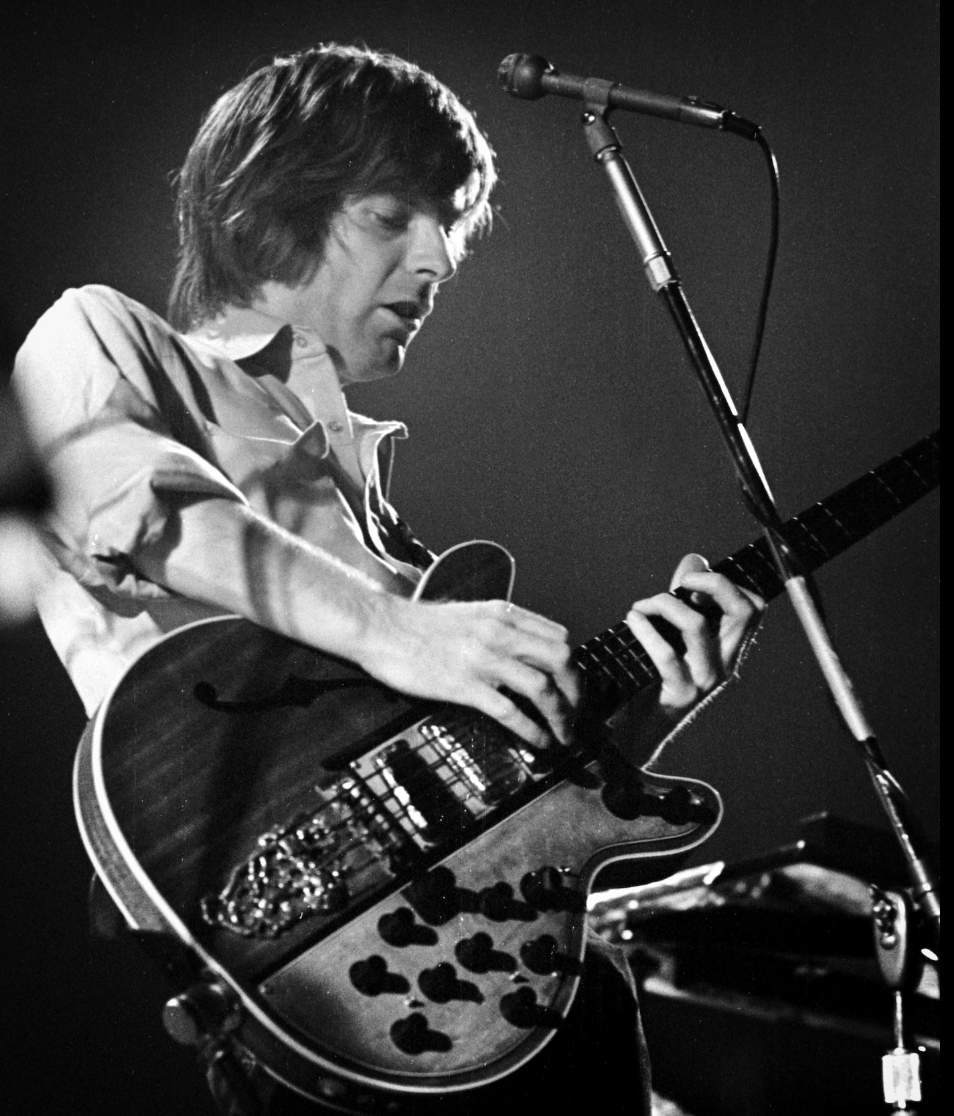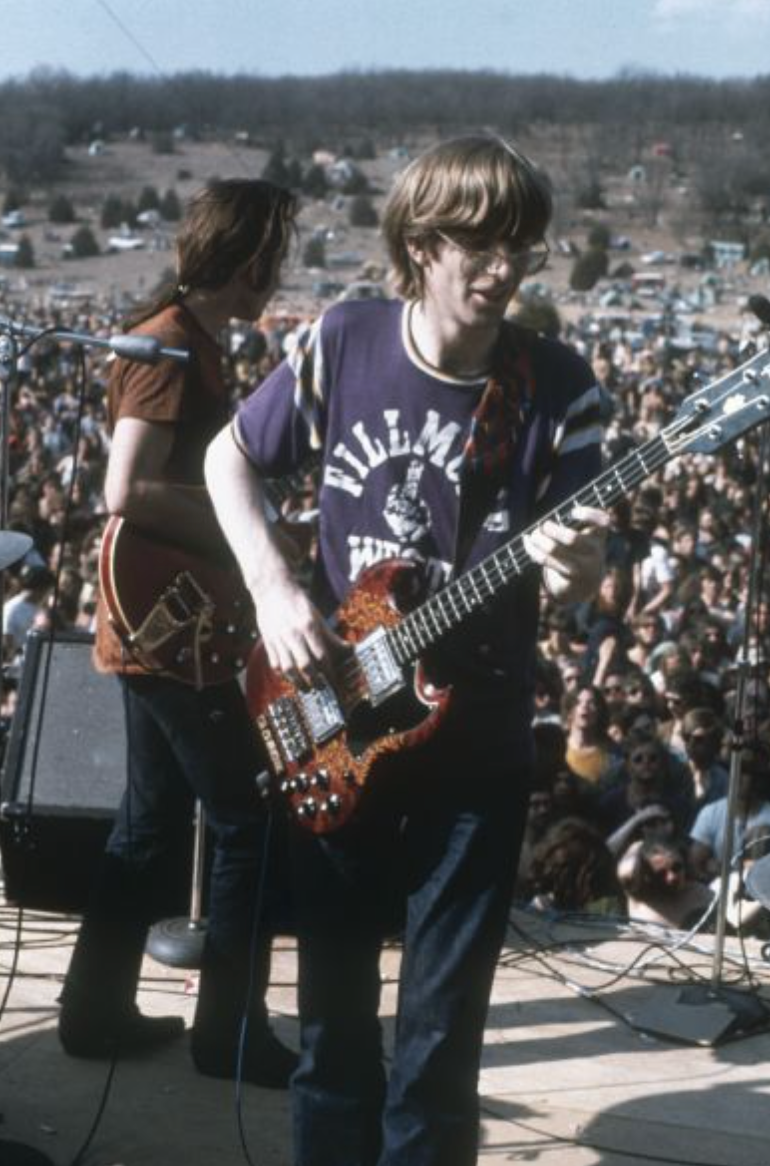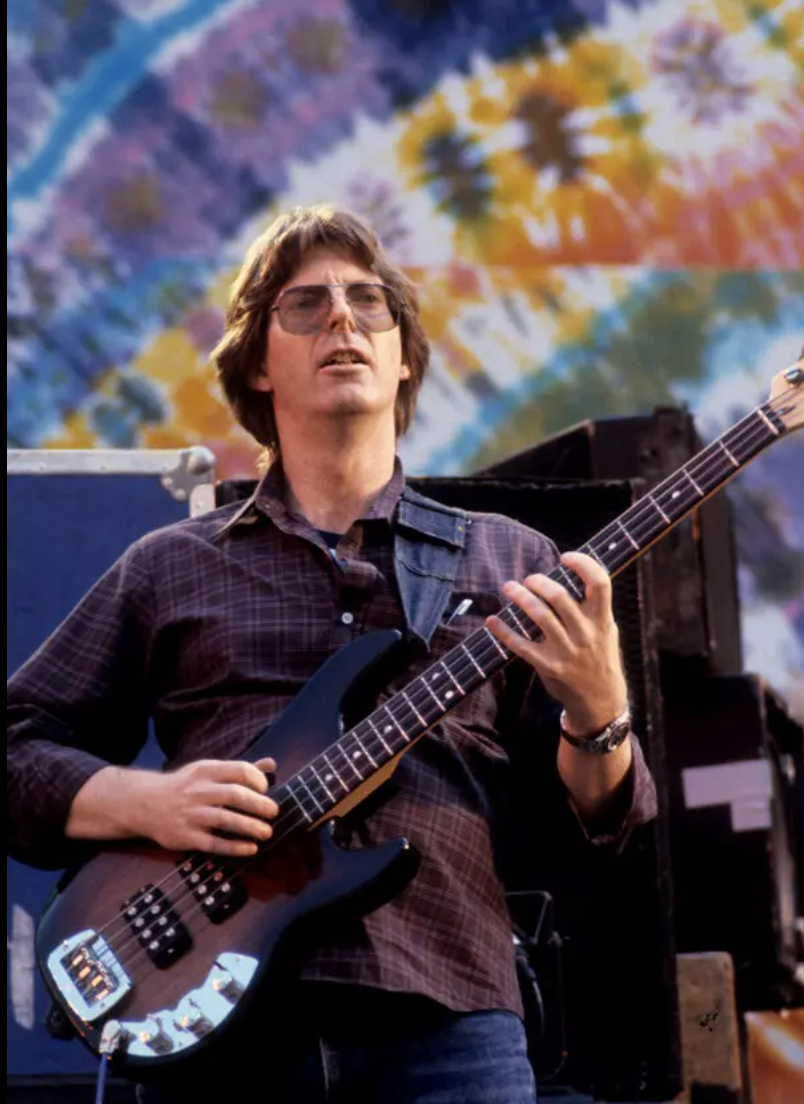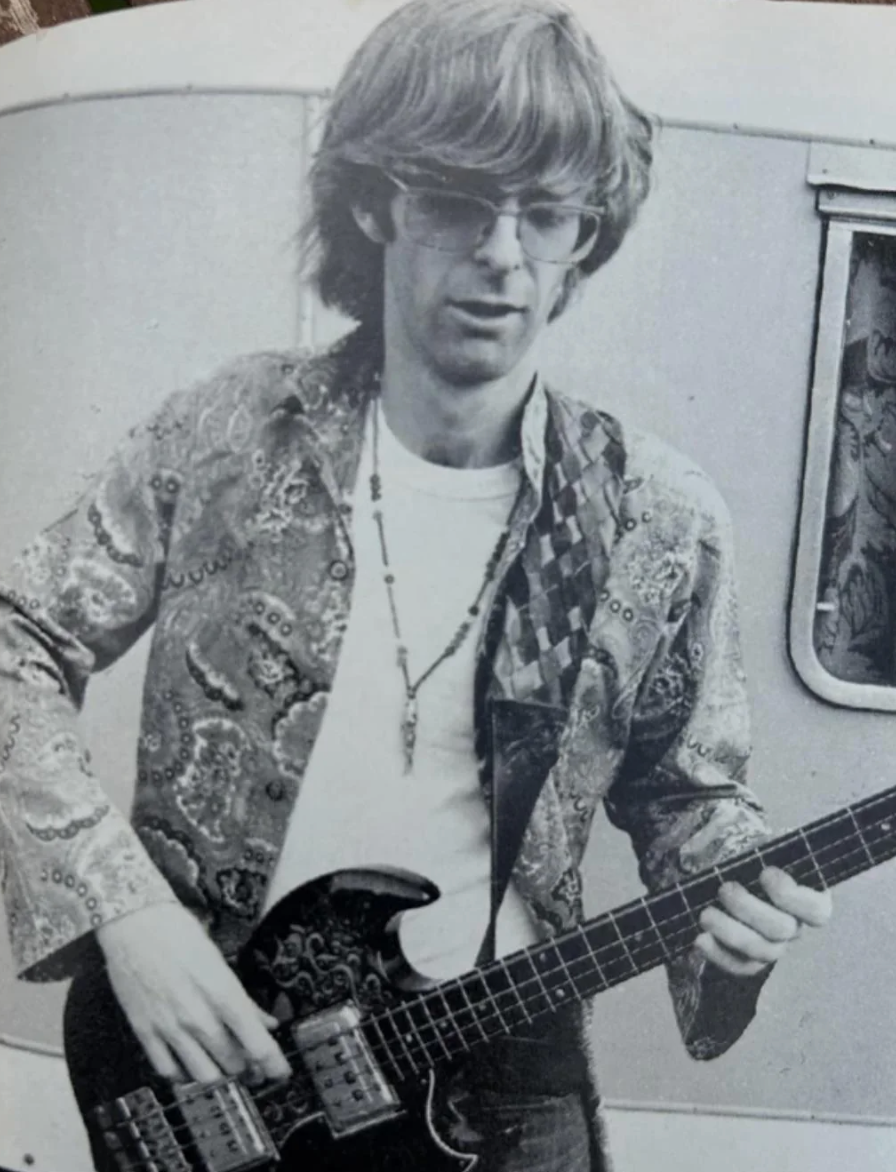Searchin' For the Sound - Phil Lesh -The thunder bones of bass that Fueled the Grateful Dead on a rock n' roll trip into the beyond
- The Gooch

- Dec 16, 2024
- 4 min read
Phil Lesh: The Melodic Journey of a Grateful Dead Pioneer
In a small house in Berkeley, California, a young Phil Lesh was introduced to a world of music that would shape his destiny. Born on March 15, 1940, Lesh grew up in a family that encouraged creativity and curiosity. While other kids played sports, Phil found himself enchanted by the sound of classical music and the vibrant improvisation of jazz.




From an early age, Phil was drawn to the trumpet, spending countless hours practicing and dreaming of a future as a classical musician. This passion carried him through his teenage years and into college, where he enrolled at San Mateo College to study classical composition. He had ambitions of writing symphonies and performing in orchestras, but fate had other plans.

From Classical Roots to Counterculture
At San Mateo, Lesh immersed himself in avant-garde music and the works of composers like Igor Stravinsky and Arnold Schoenberg. He eventually transferred to UC Berkeley, where he continued exploring the boundaries of music. While Lesh’s formal training honed his technical skills, he was increasingly drawn to the free-spirited improvisation of jazz. It was during this time that he befriended Tom Constanten, a fellow composer and future bandmate in the Grateful Dead.

Lesh’s life changed forever when a chance meeting introduced him to a young guitarist named Jerry Garcia. Garcia was charismatic and brimming with ideas, already a fixture in the Bay Area’s vibrant folk and bluegrass scenes. The two bonded instantly, despite coming from vastly different musical backgrounds.
One day, Garcia extended an offer that would alter Lesh’s trajectory forever: he invited Phil to join his band. There was just one problem—Phil had never played the bass guitar.

Taking a Leap: Joining the Grateful Dead
Though Lesh was unfamiliar with the instrument, his deep understanding of music theory and composition gave him the confidence to try. He bought a bass, started practicing, and within weeks joined the group that would eventually become the Grateful Dead.

The Dead began as a scrappy group of musicians playing small gigs in the Bay Area. But what set them apart was their willingness to experiment. Fueled by the psychedelic culture of the 1960s and inspired by the avant-garde music Lesh loved, the band quickly gained a reputation for their unique, boundary-pushing sound.

Redefining the Role of the Bass Guitar
Phil Lesh didn’t just play the bass—he reinvented it. At a time when the bass guitar was often relegated to providing simple, repetitive rhythms, Lesh turned it into a lead instrument. His classical training and love for improvisation allowed him to approach the bass as a melodic tool, creating intricate counterpoints that danced with the other instruments.
Unlike most rock bassists, Lesh frequently used a six-string bass, which gave him an extended range and allowed him to play both deep grooves and higher melodic lines. This versatility was essential to the Grateful Dead’s sound, especially during their extended jams.

One of Lesh’s unique contributions was his ability to incorporate elements of Dixieland jazz into his bass lines. Much like the interplay in a jazz ensemble, Lesh’s playing involved constant communication with the other musicians, weaving in and out of the texture rather than simply anchoring the rhythm. This gave the Dead’s music a dynamic, ever-evolving quality that set them apart from other bands.

On tracks like “Dark Star” and “Eyes of the World,” Lesh’s bass lines were not just supportive but transformative, pushing the boundaries of what rock music could be. His ability to merge jazz improvisation, classical counterpoint, and rock energy made him one of the most innovative bass players of his time.
The Grateful Dead’s Golden Era
By the late 1960s and early 1970s, the Grateful Dead had become a cultural phenomenon. Their albums, such as Workingman’s Dead and American Beauty, earned critical acclaim for their blend of folk, rock, and Americana. At the same time, their live performances became legendary for their unpredictability and length, with Lesh’s bass lines serving as the backbone of the band’s exploratory jams.

But the road wasn’t always easy. The Dead weathered personal struggles, lineup changes, and financial difficulties. Through it all, Lesh remained steadfast, driven by his love for the music and the camaraderie of the band.
Life After Jerry Garcia
When Jerry Garcia passed away in 1995, it marked the end of the Grateful Dead as fans had known them. For Lesh, the loss was deeply personal, but it didn’t mean the end of his musical journey. He formed Phil Lesh & Friends, a rotating collective of musicians dedicated to keeping the spirit of the Dead alive while exploring new musical territories.

Through Phil Lesh & Friends, he collaborated with artists from across the musical spectrum, including Warren Haynes, Trey Anastasio, and John Scofield. The band performed both Grateful Dead classics and original compositions, creating a bridge between the past and the present.

In 2012, Lesh took another step to cement his legacy by opening Terrapin Crossroads, a music venue in San Rafael, California. More than just a performance space, Terrapin Crossroads became a community hub where fans and musicians could gather to celebrate live music.
Overcoming Challenges and Advocacy
In the late 1990s, Lesh faced a life-threatening challenge when he was diagnosed with hepatitis C. A liver transplant in 1998 saved his life, and he emerged from the experience with a renewed sense of purpose. Since then, Lesh has become a vocal advocate for organ donation, using his platform to raise awareness and encourage others to consider becoming donors.

A Lasting Legacy
Phil Lesh’s contributions to music go far beyond his role in the Grateful Dead. His innovative approach to the bass guitar redefined the instrument’s place in rock and roll. By treating the bass as a melodic and improvisational tool, he inspired countless musicians and helped shape the sound of a generation.

Even as he enters his eighth decade, Lesh remains a vital force in music. Whether performing with his sons, Grahame and Brian, or collaborating with old friends and new faces, his dedication to live music and community is unwavering.

From his humble beginnings as a trumpet player to becoming a legend of improvisational music, Phil Lesh’s journey is a testament to the power of creativity and collaboration. His story reminds us that music is not just about sound—it’s about connection, exploration, and the pursuit of something greater than ourselves.












Comments